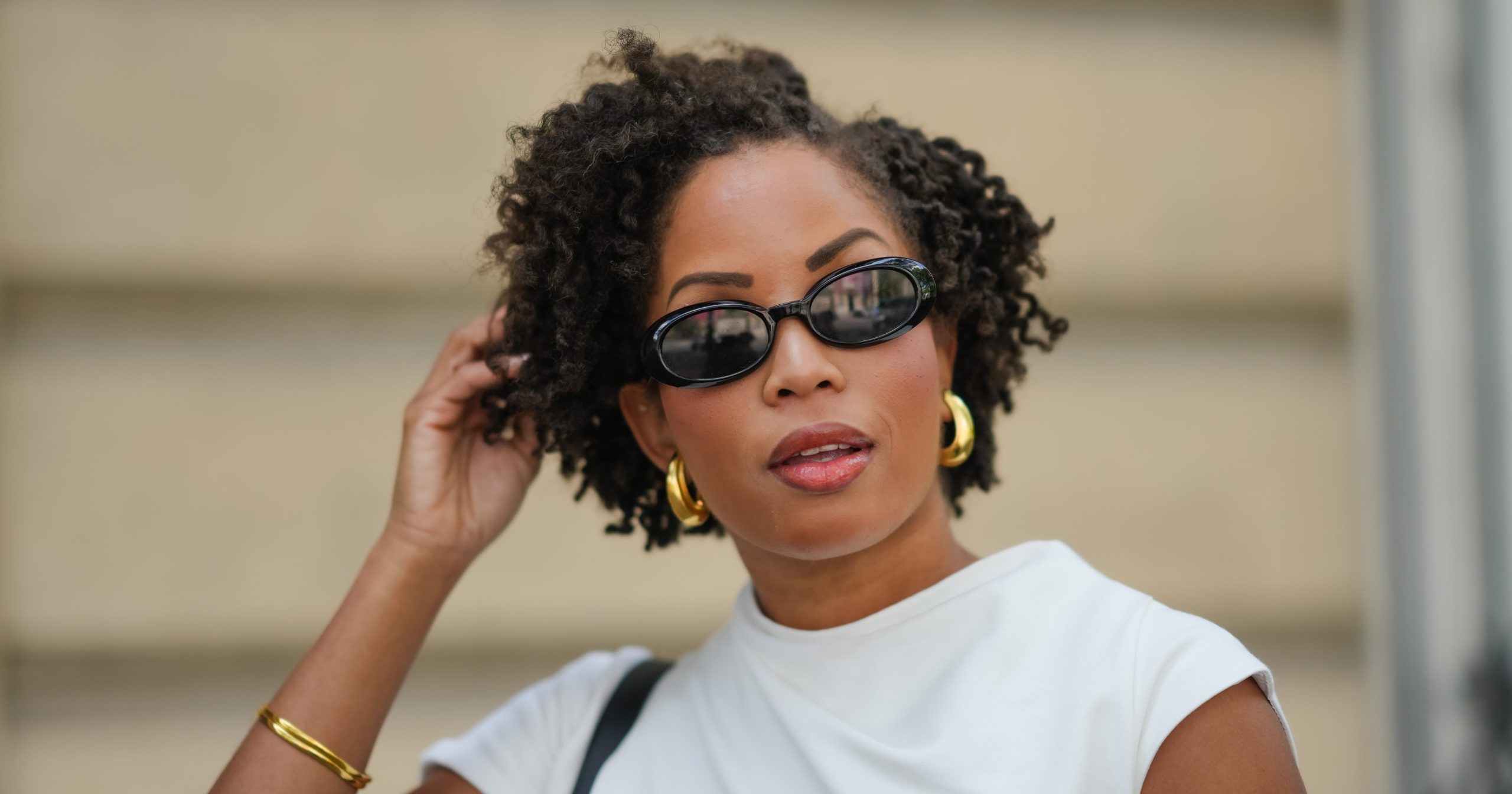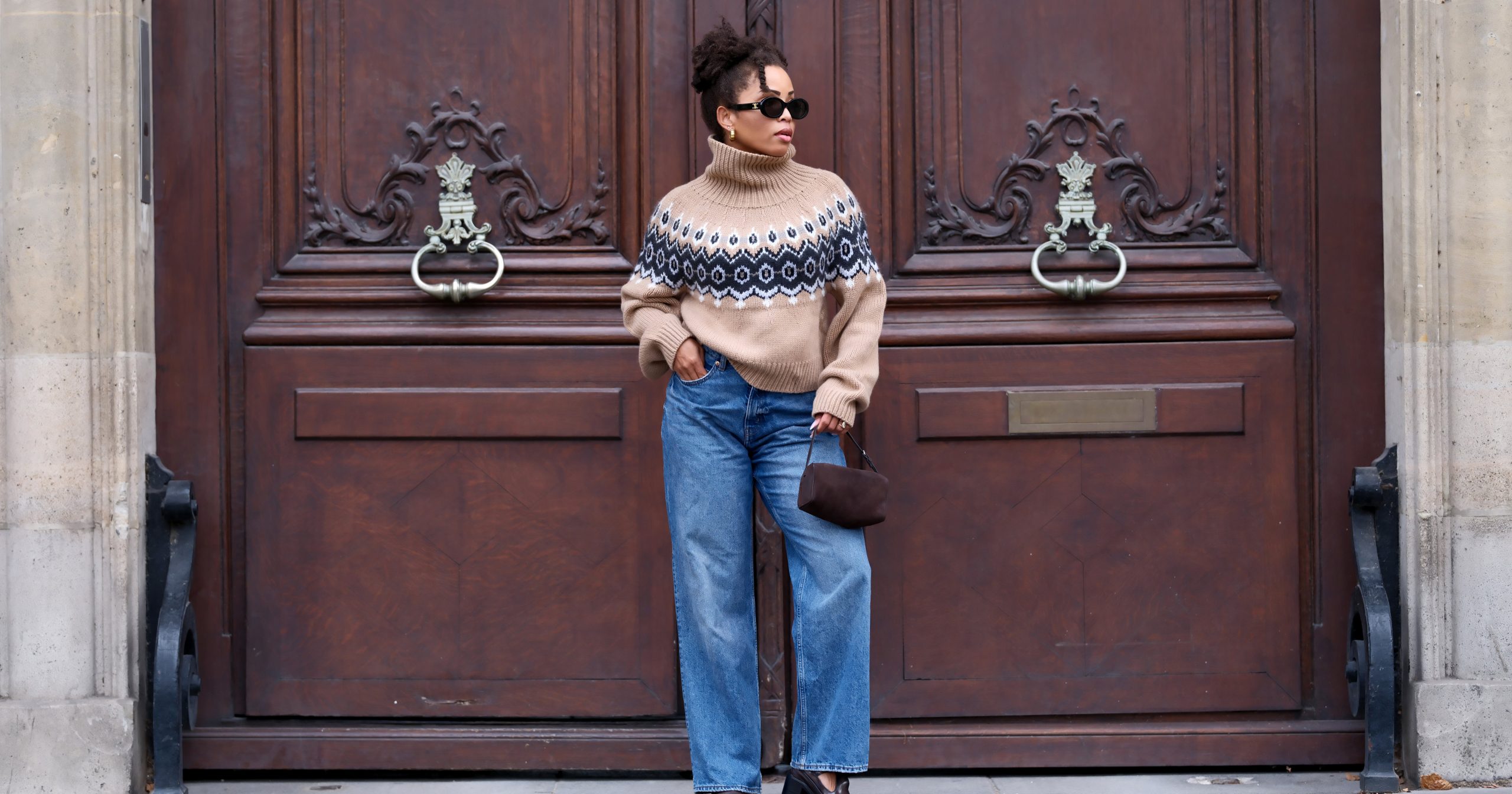The Jheri Curl Is Back and Better Than Ever
There’s no denying that we’re in an era where iconic beauty trends of decades past are back in a big way. From the sultry ’90s brown lipstick that once dominated grunge and R&B aesthetics to the defiant return of the infamous side part (challenging the long-term reign of the middle part) it’s clear that beauty is cyclical. The latest obsession in this retro revival? The glossy, defined ’80s Jheri Curl.
The inspiration for this trend stems back to singers Lionel Richie and Michael Jackson, and cult-classic movies such as “Coming To America,” where actors Eric La Salle and Darryl Jenkins are remembered for their iconic “SoulGlo” scene. Flash forward to today, and we’re seeing celebs like Drake sporting the style — defined, loose curls that are so shiny they appear nearly wet. The rebirth of the Jheri curl is just one example of how deeply-rooted certain hairstyles are in Black cultural memory.
To help us learn more about the origin of the Jheri curl and how to wear it today, we enlisted the expertise of hairstylist Nelson Vercher. Ahead, more on what’s behind the trend and how it’s being adapted for the modern era, combining equal parts nostalgia with contemporary styling techniques.
Experts Featured in This Article
Nelson Vercher is a master hairstylist at Rita Hazan Salon in New York City who has worked with celebrities like Kelly Rowland and Naomi Campbell.
What Is a Jheri Curl?
A Jheri curl is a hairstyle that was popular among Black folks during the late 1970s (hitting its peak in the ’80s and early ’90s), featuring loose curls that are extremely shiny. “The style was intended for people with coarse hair texture who wanted a softer, more defined curl, something similar to a perm,” Vercher tells PS.
Where did the trend get its start? The style was the brainchild of chemist and stylist Robert William Redding. Redding’s innovative contributions to hair care extended beyond this iconic look; he was also responsible for developing hair conditioner and pH-balanced shampoo. Marketed primarily to Black men and women, the Jheri curl was promoted as a low-maintenance, wash-and-wear alternative to chemical relaxers. Its promise of easier upkeep made it an attractive option for those seeking a more manageable hair care routine.
Soon, the trend picked up steam with prominent figures in the entertainment industry.


0 Comment